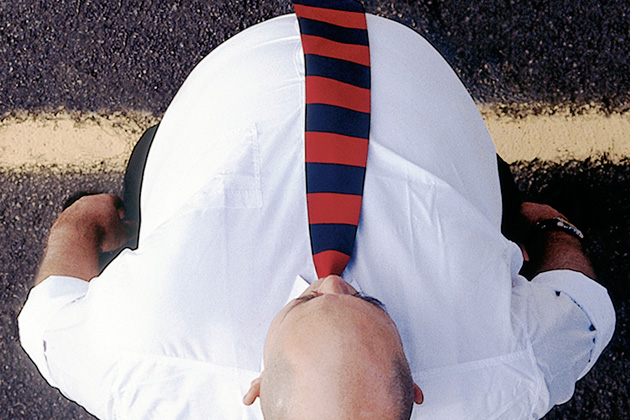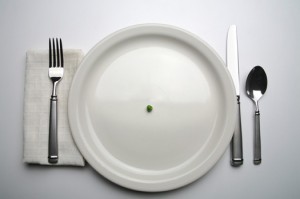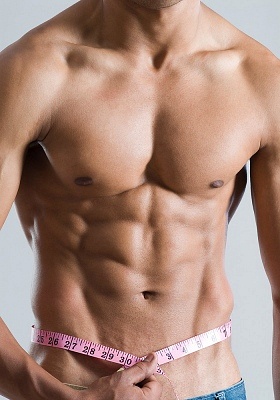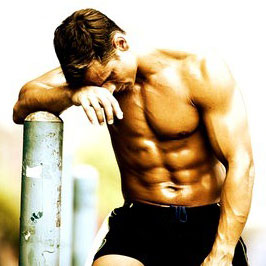Dear Davey Wavey,
I’ve started bulking at the gym to build muscle. I’m consuming 2,900 calories a day and I’ve made great advancements. But there is one problem. There’s a little pouch around my navel and I’m not a fan. I do your HIIT sprints once or twice a week and I’ve been eating well. I’m skinny by nature but this thing has always been there. Do you have any tips for getting rid of it?
Thanks,
Danny
Ah - yes, that pesky pooch! It’s actually a very common problem and something about which I get tons of emails.
First things first, if a small pouch on your lower abdomen is your biggest problem, you’re doing really great. In fact, you’re leaps and bounds ahead of most people, especially considering that two thirds of Americans overweight.
Second, it’s going to be hard to lose the pouch while you’re bulking. Increasing your mass requires consuming more calories. Losing excess body weight means cutting calories to create a calorie deficit. In other words, building muscle and cutting fat are difficult to achieve simultaneously (unless you’re a beginner). Once you reach your desired musculature, my suggestion would be entering a “cutting” phase by reducing your calorie intake. You won’t be adding additional muscle mass during a cutting phase, but you can reduce the amount of fat on your body.
To cut that last five pounds from your midsection, follow these steps:
- Take a hard look at your diet. Because you only have five pounds to lose, your diet may already be pretty clean. But look for some areas where you can cut calories - including sugary drinks or fried, buttered or battered foods. Also be aware of your portion size. Reducing the portion is an easy way to cut calories and create the needed calorie deficit.
- Try HIIT sprints. If you can, perform HIIT sprints three times per week. I do 15 minutes of alternating between 1 minute balls-to-the wall uphill sprints and then 1 minute jogs. This gut-busting exercise will boost your metabolism and incinerate extra fat while minimizing muscle loss.
- Continue strength training. Many people looking to lose fat stop lifting weights. This is a huge mistake. By lifting weights, you show your body that you still need your muscle mass. This will ensure your body breaks down fat for energy and not hard-earned muscle.
- Be real. Everyone has a little bit of a pouch - even the models you see in magazines. In their case, it just gets photoshopped off. For some people, the pouch is the result of stretched skin from weight loss. It can be the result of pregnancy or sagging skin. For others, it’s largely genetic. Sure, do what you can to lose that last five pounds from your midsection - but also be realistic!
For many men, the lower abdomen is the very first place to gain weight and the very last place to lose it. Though you can reduce the pooch through diet and exercise, you might also find that it’s not worth the time, energy and effort to accomplish this cosmetic result.
I hope that helps!
Love,
Davey
P.S. If you’re looking to improve the way you look and feel through the foods you eat, I recommend downloading Davey Wavey’s Insanely Easy Guide to Eating Smarter.












 Dear Davey,
Dear Davey, Hey Davey!
Hey Davey!




